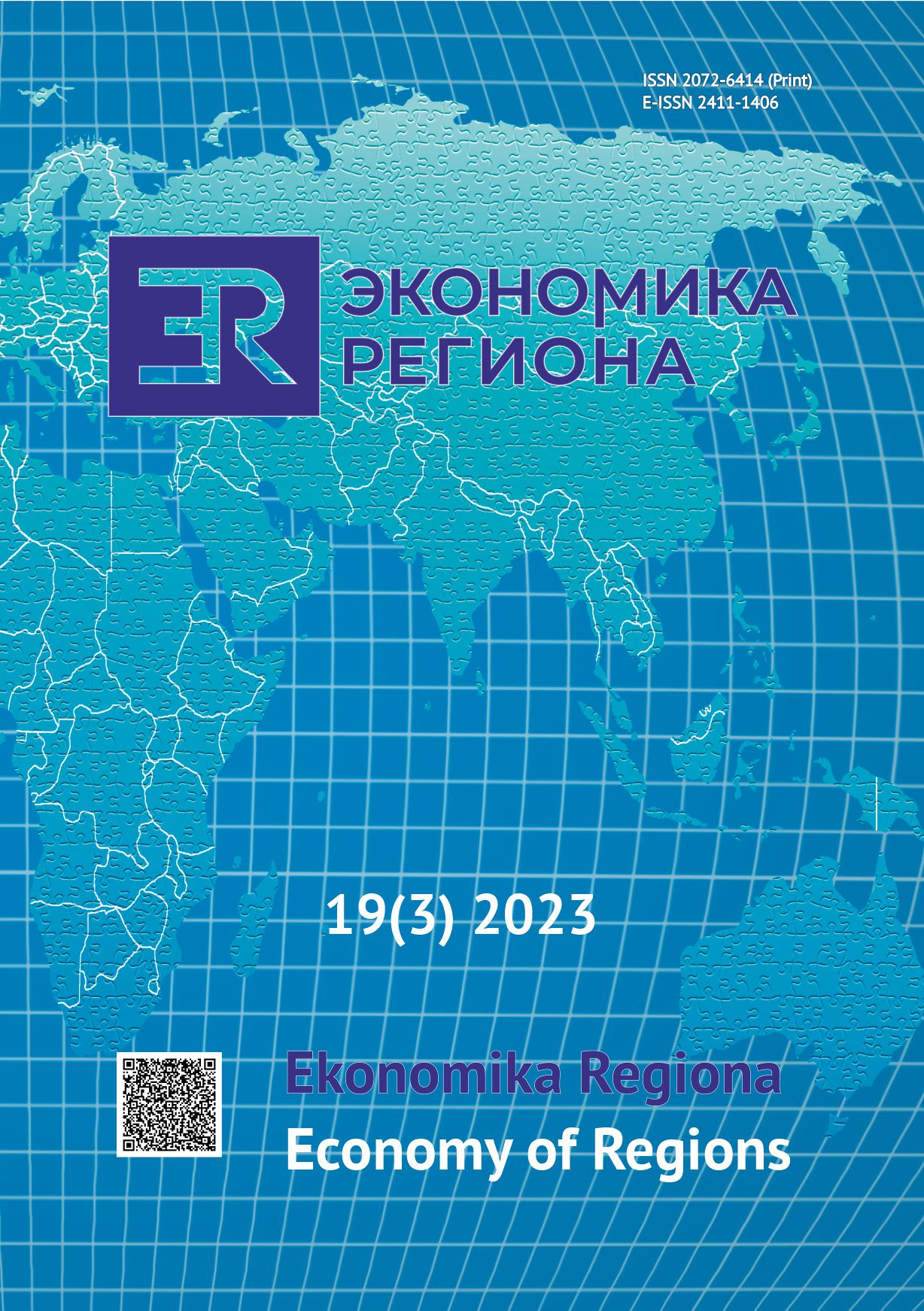Устойчивое развитие сельских территорий: новый взгляд на оценку в контексте пространственной локализации
Sustainable Rural Development: A New Perspective on the Assessment in the Context of Spatial Localisation
Author(s): Vasilii Georgievich Zakshevskii, Irina Nikolaevna Merenkova, Irina Igorevna Novikova, Evgeny A. ParkhomovSubject(s): Economy, Social development, Rural and urban sociology, Economic development, Socio-Economic Research
Published by: Институт экономики Уральского отделения Российской академии наук
Keywords: sustainable development; spatial localisation; rural areas; assessment methodology; ranking of municipalities; cluster analysis; differentiation of rural areas; municipal management; Belgorod oblast;
Summary/Abstract: Despite the extensive literature on rural issues, the relationship between sustainable development of rural areas and spatial localisation (bound to local conditions with a focus on own sources of development) remains debatable. The paper aims to determine the impact of territorial differences and existing restrictions on the sustainability of social, ecological and economic processes in rural areas. According to the hypothesis, a system of indicators can be developed to comprehensively assess sustainable rural development considering the localisation component, as well as to propose relevant management tools. The research methodology is based on the discourse, fundamental approaches, criteria, and the system of indicators. Methods of comparative analysis, ranking and clustering were utilised. The developed approach to the comprehensive assessment of sustainable rural development, tested in Belgorod oblast, includes three steps. First, indicators of sustainable development and local specificity of rural municipalities were identified. Second, rural areas were classified according to the sustainable development coefficient and degree of localisation. Third, a differentiated approach to the management of sustainable rural development was presented. 4 types of municipalities were identified: low localised with a high level of sustainable development (3 districts); moderately and highly localised with high and average levels of sustainable development (8 districts); low localised with an average level of sustainable development (2 districts); highly localised with average and low levels of sustainable development (8 districts). This result indicates the complex spatial structure of the region. Measures for ensuring the sustainable rural development in each type of municipality were substantiated. The findings can be considered by the government for creating socio-economic strategies and programmes to develop rural settlements, as well as for studying the inter-municipal polarisation of rural areas.
Journal: Экономика региона
- Issue Year: 19/2023
- Issue No: 3
- Page Range: 683-696
- Page Count: 14
- Language: Russian

